That's me with (from left to right) the domes of the 3.6-meter Canada-France-Hawaii Telescope, 8.1- meter Gemini North, and the University of Hawaii 2.2-meter telescopes. Back in 2004 I had a behind-the-scenes tour that gave me a close look at five of the telescopes on the mountaintop.
This is the dome of the Gemini North Telescope with the dome of the Canada-France-Hawaii Telescope behind it to the left. This is one of two twin telescopes, with the second being located in Chile. Together, the pair can observe virtually the entire celestial sphere.
Here's the view from inside the dome. Like all of the big telescopes built since the 1990s it has an altitude-azimuth mount, giving it a very different look from equatorial mounted telescopes like Palomar's Hale Telescope or Mauna Kea's Canada-France-Hawaii Telescope.
There was some dome maintenance taking place during my visit. You can notice that it is partially open. Alas, my visit with Gemini was pretty short but it was a pleasure seeing one of the giant telescopes of the modern age, one of several such telescopes on Mauna Kea.
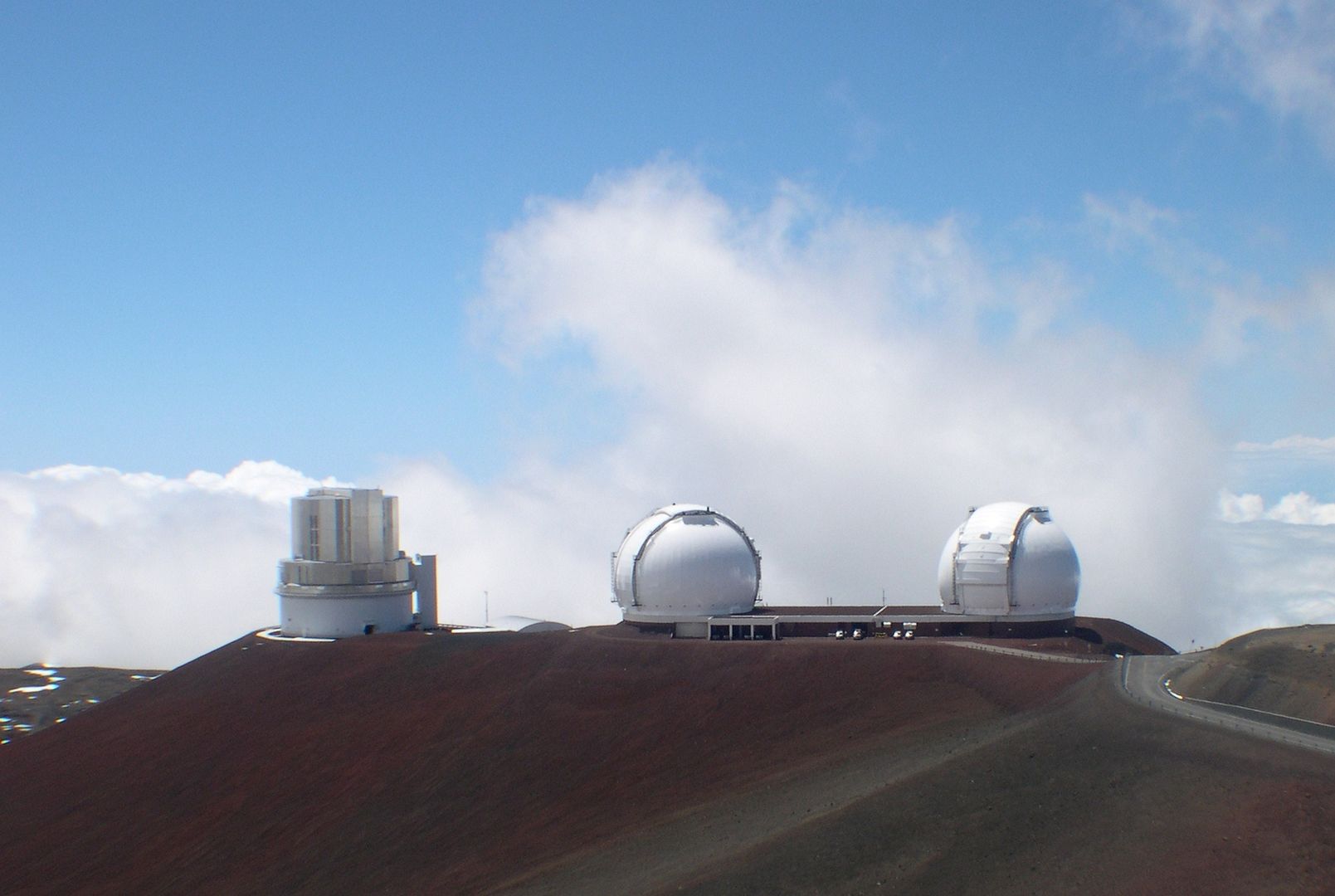 |
| Subaru, Keck I and Keck II |
The photo above show the giant, segmented primary mirror of one of the two Keck Telescopes. The primary mirror is composed of 36 hexagonal segments, each 1.8 meters (6 feet) across. Together they work as one mirror 10 meters in diameter. The light reflects off of the primary mirror to a secondary mirror (at top) and then back down to a third mirror (black area near the center) and then off to one of the two white areas on either side at what is called the Nasmyth focus where it is recorded by one of the many scientific instruments.
Here's how the telescope looks standing straight up:
The mirrors are quite thin, just 7.5 cm thick. As the telescope is used for astronomy the position each of each of the mirror segments is monitored and adjusted in real time to ensure proper focus of the telescope. This is called active optics -- not to be confused with adaptive optics, which corrects distortions in light caused by the atmosphere. The Keck Telescopes make use of adaptive optics too (as does Gemini), but not by controlling the shape of the primary mirror. Those corrections happen in one of the Nasmyth instruments.
In the photo above you can see the thin primary mirror segments and the network of active optics controls underneath them.
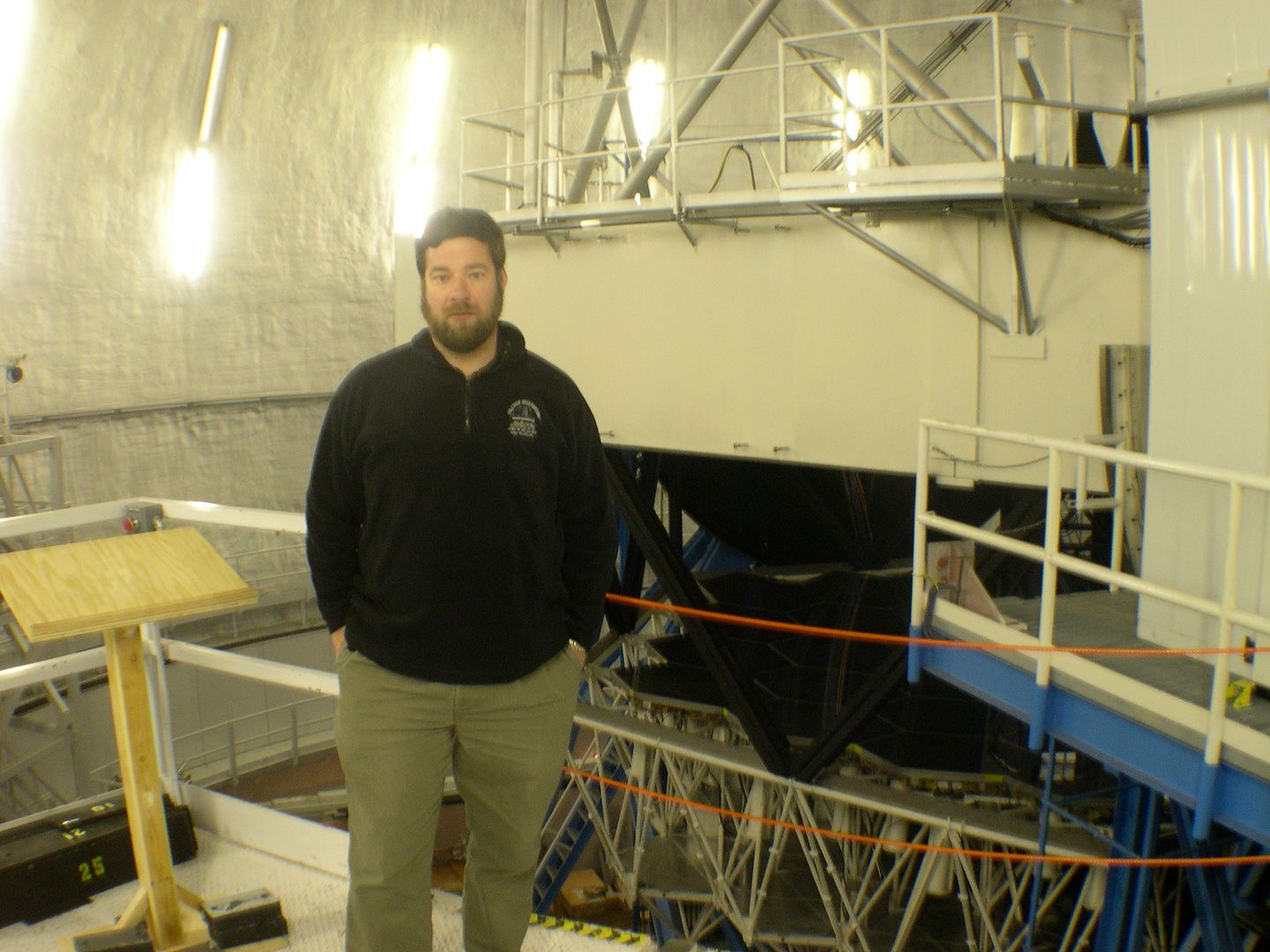 |
| Me, with Keck II. Maybe next time I'll smile. |
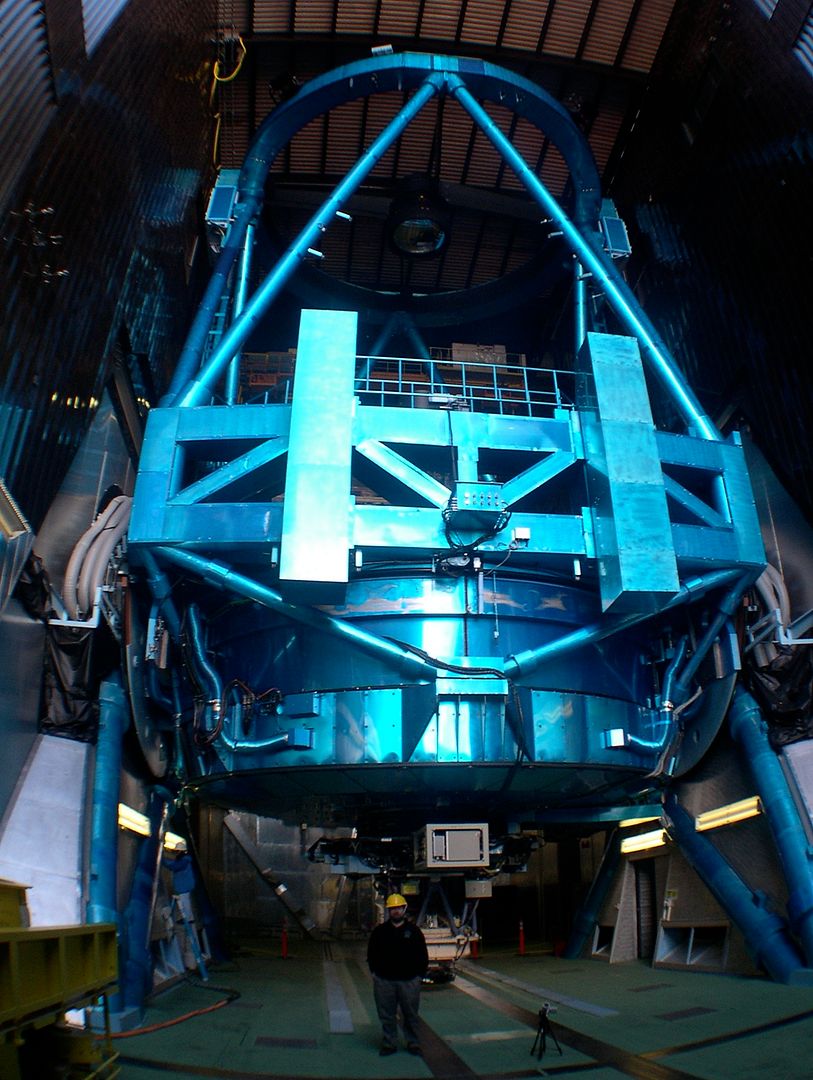 |
| Standing under the Subaru |
Notice that there is an instrument package hanging underneath the telescope at the Cassegrain focus and the bright secondary mirror at top (in the center of the blue ring). In this configuration light reflects off of the primary mirror, back up to the secondary mirror and through a hole in the primary mirror down to the instrument package.
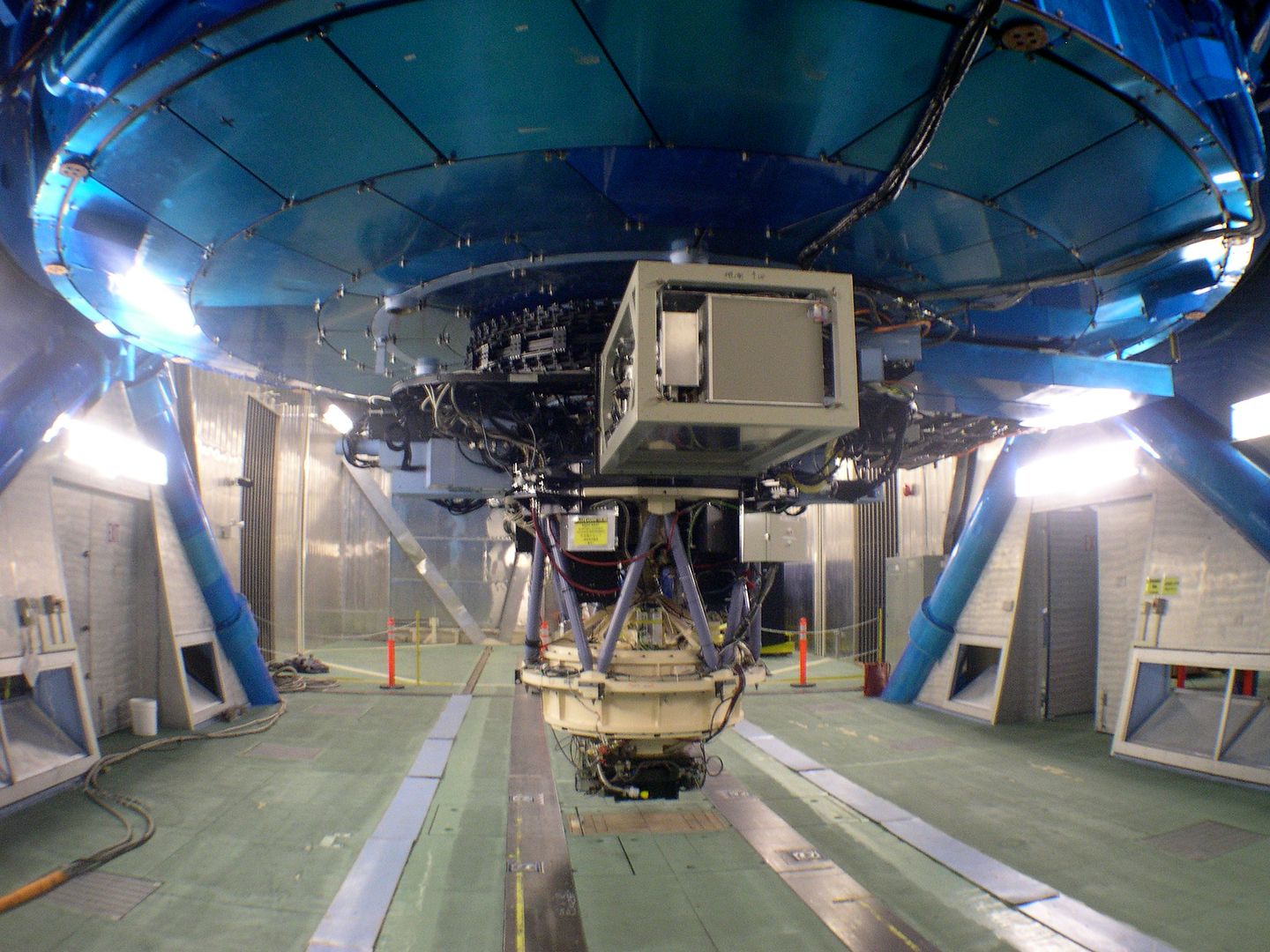 |
| Subaru's Faint Object Camera And Spectrograph |
Take a look at what is hanging from the ceiling:
Those are called teru teru bozu dolls. They are handmade dolls that in the Japanese culture reportedly have the power to bring good weather. Yes, even on Mauna Kea there can be bad weather. I don't know much about the Japanese culture but it was fascinating to see these hanging in this high-tech environment.
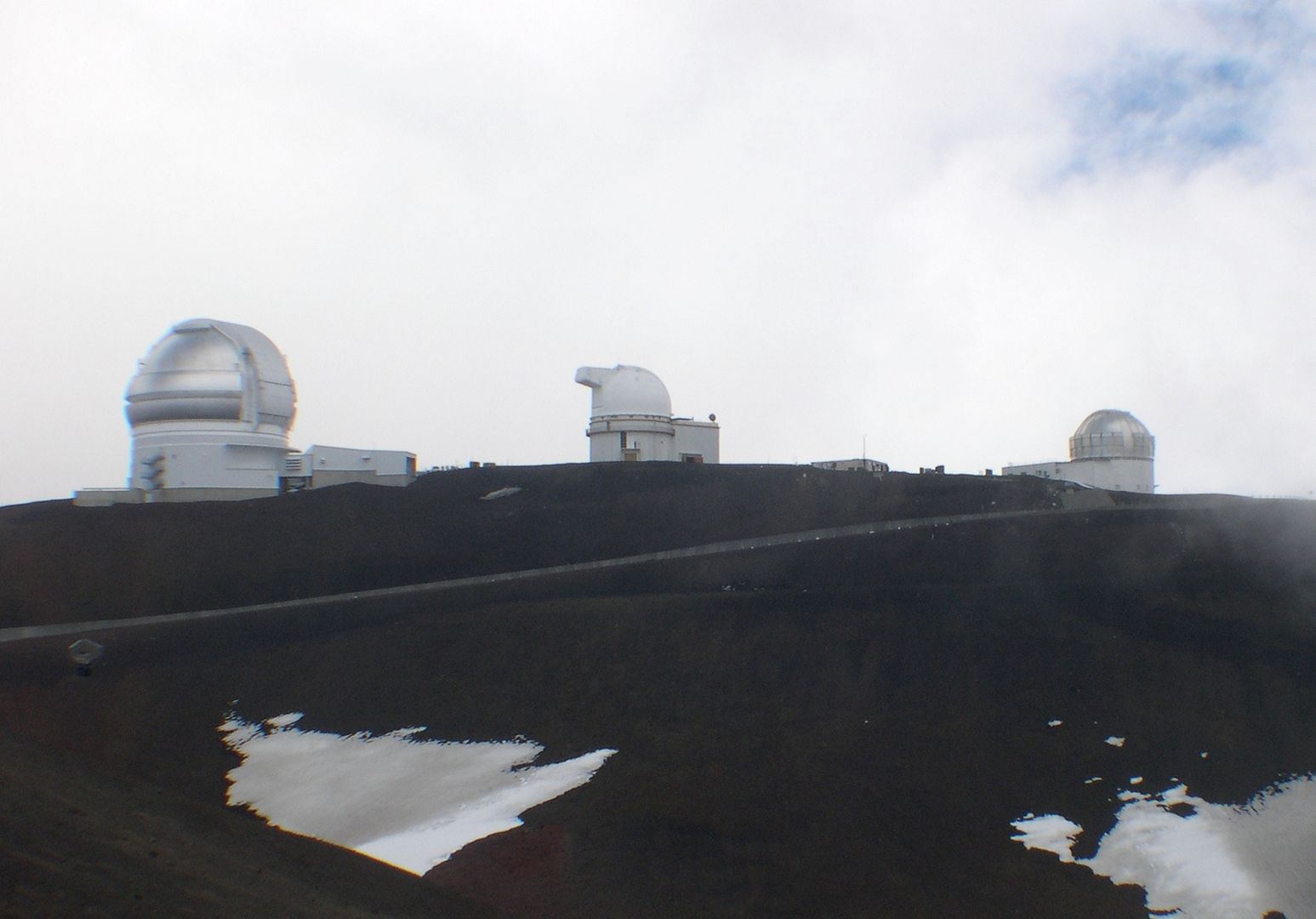 |
| Gemini, 2.2-meter University of Hawaii Telescope, and the United Kingdom Ifrared Telescope (UKIRT) |
Before I left the mountaintop I also had a distant view of the Submillimeter Array:
Finally, while I was in Hawai'i I also had the opportunity to present at AstroDay in Hilo, a major astronomy public outreach event.
I surprised more than a few people there by representing an observatory from the mainland. Curiously, I was set up right next to a booth for the International Dark-Sky Association where I now work.
This year's AstroDay will be held on May 3rd. Here's a Facebook page that describes this year's event. If you are going to be on the Big Island that day, you should make plans to attend.
If you can't make the visit to Mauna Kea, I encourage you to explore the links I placed in this post. You might also be interested in seeing some of the many webcams that are on the mountain. When the daytime weather is nice there are great views of the various domes. At night there can also be some great views of the night sky from the CFHT Cloudcam.
I hope you've enjoyed this quick look at some of the best astronomical telescopes in the world. I still have a few more observatories to share as a part of my Telescope Tourist posts. Hopefully, I'll have the time to post more of them soon.

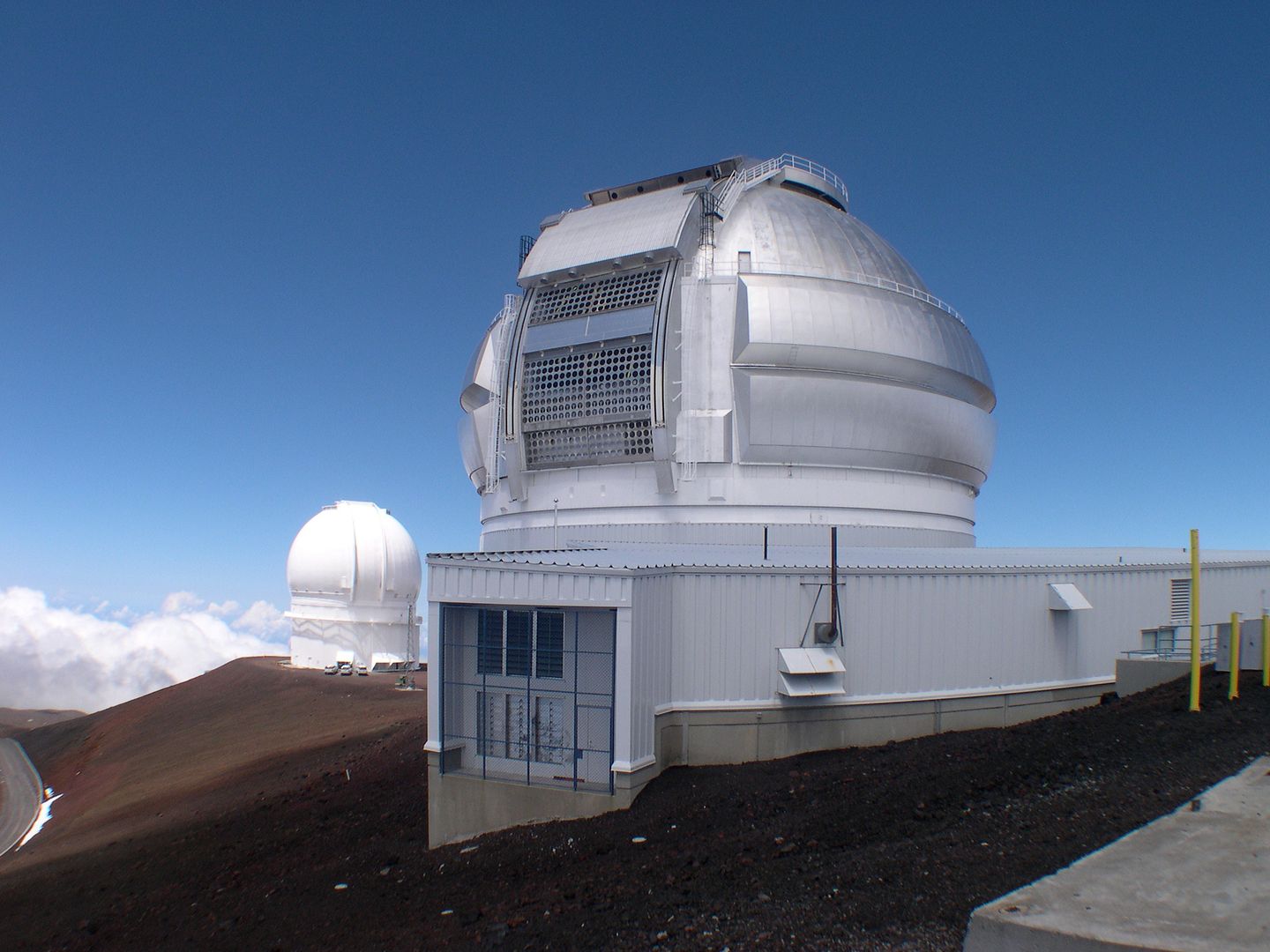
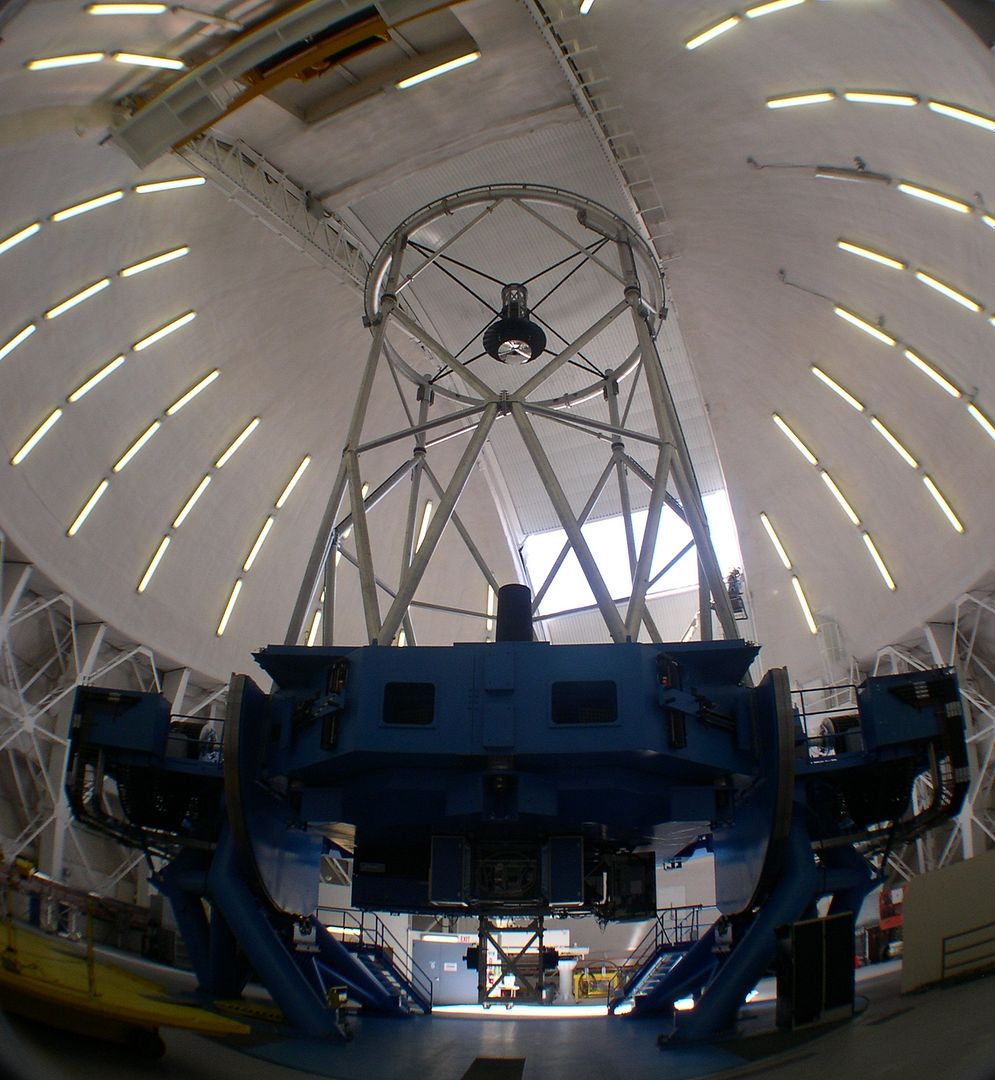
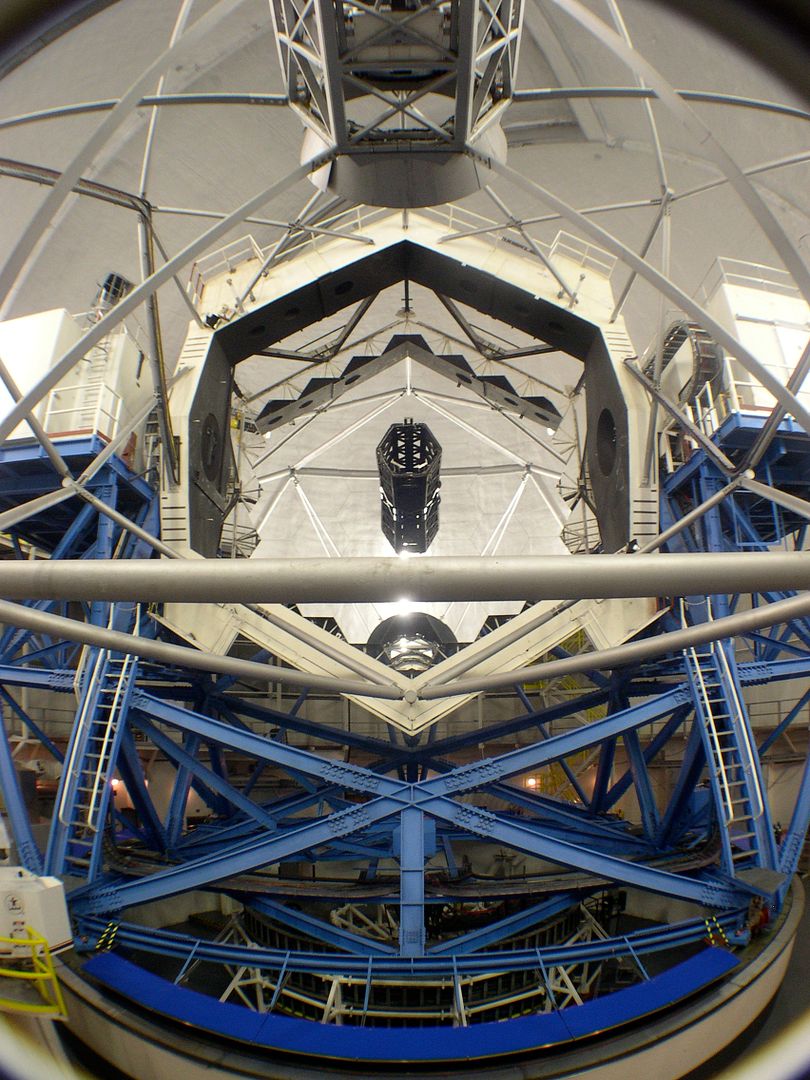


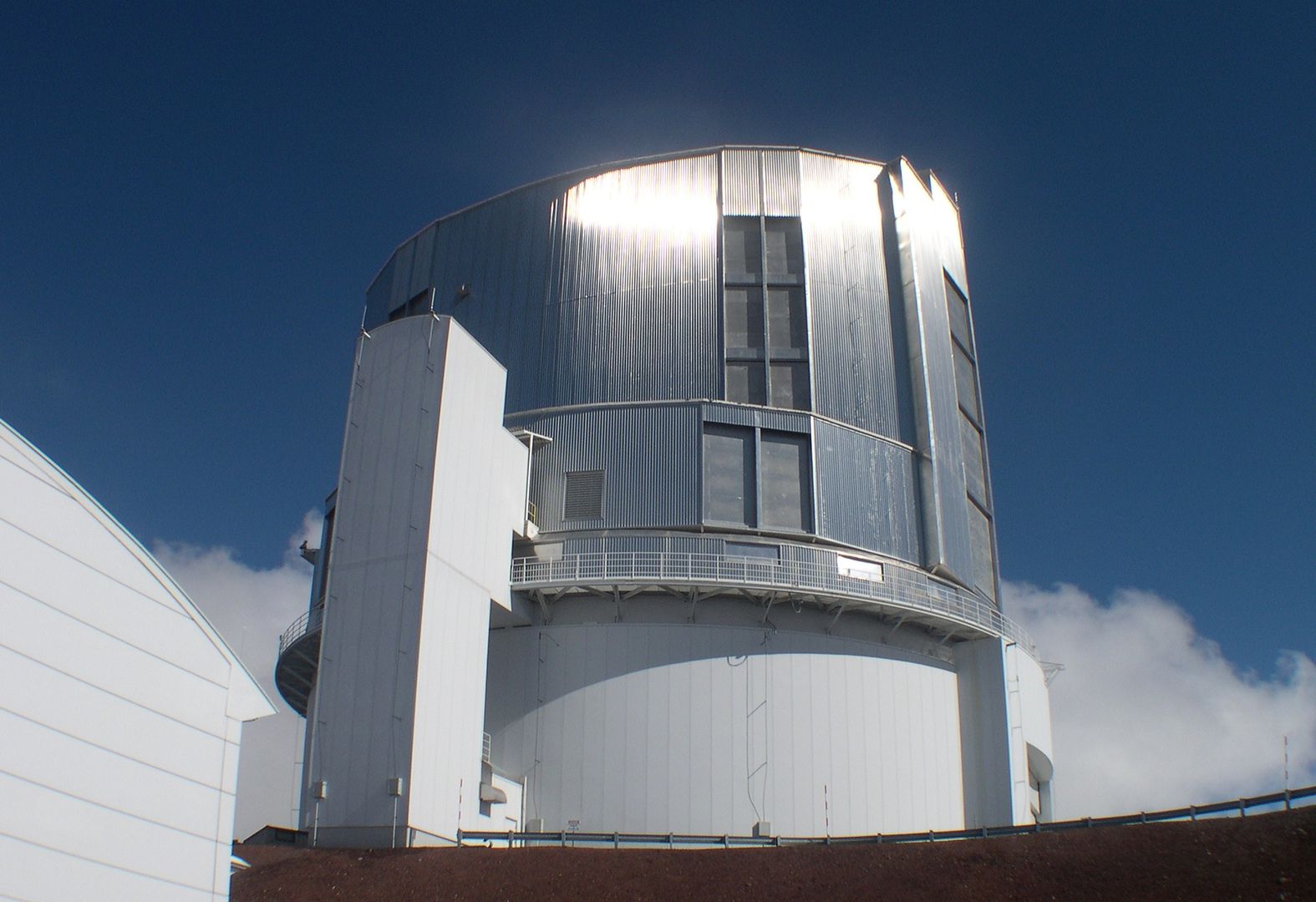

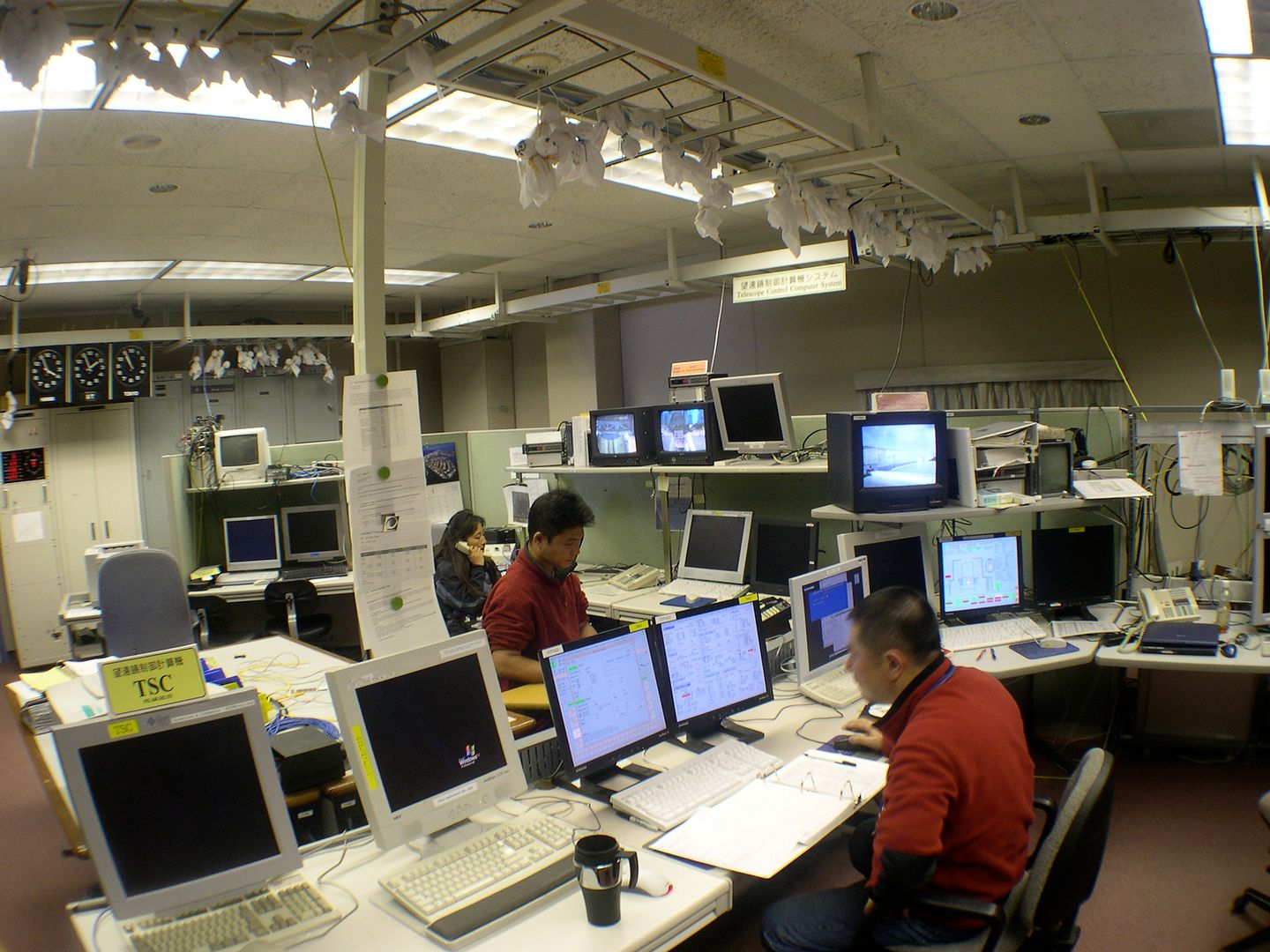
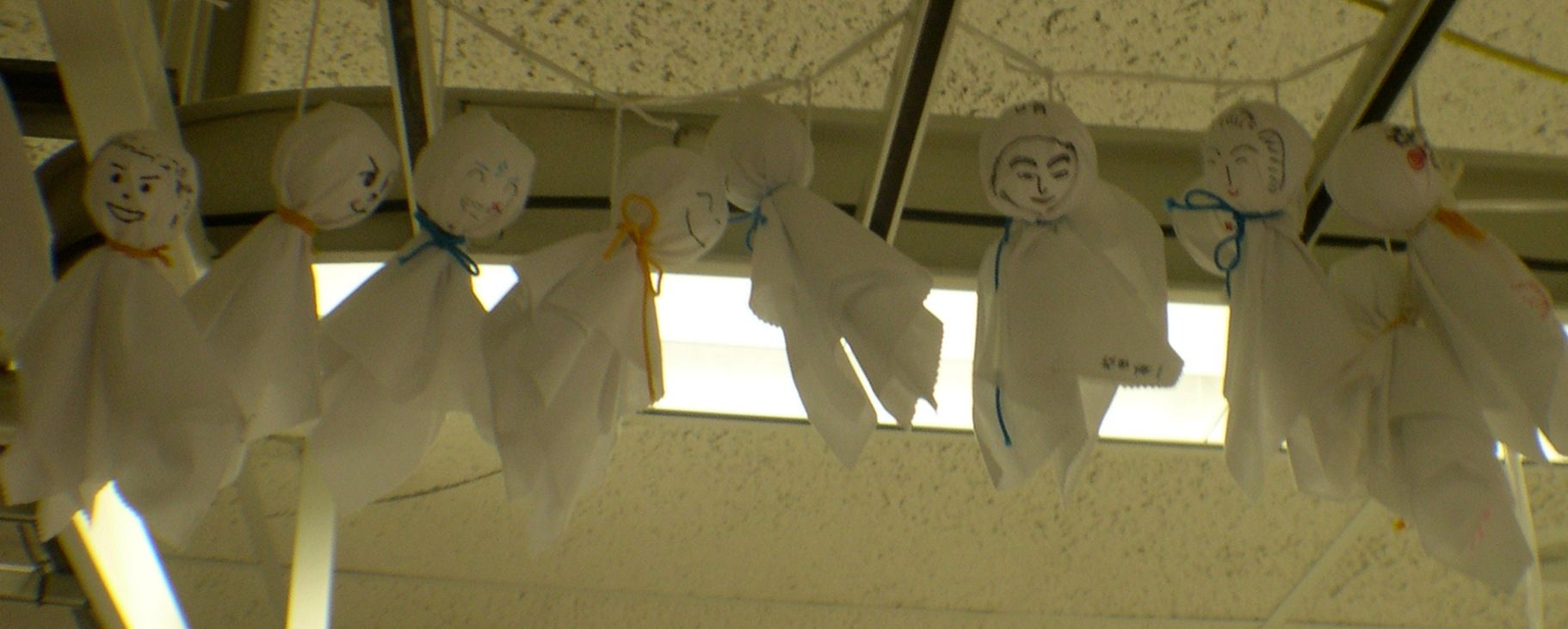

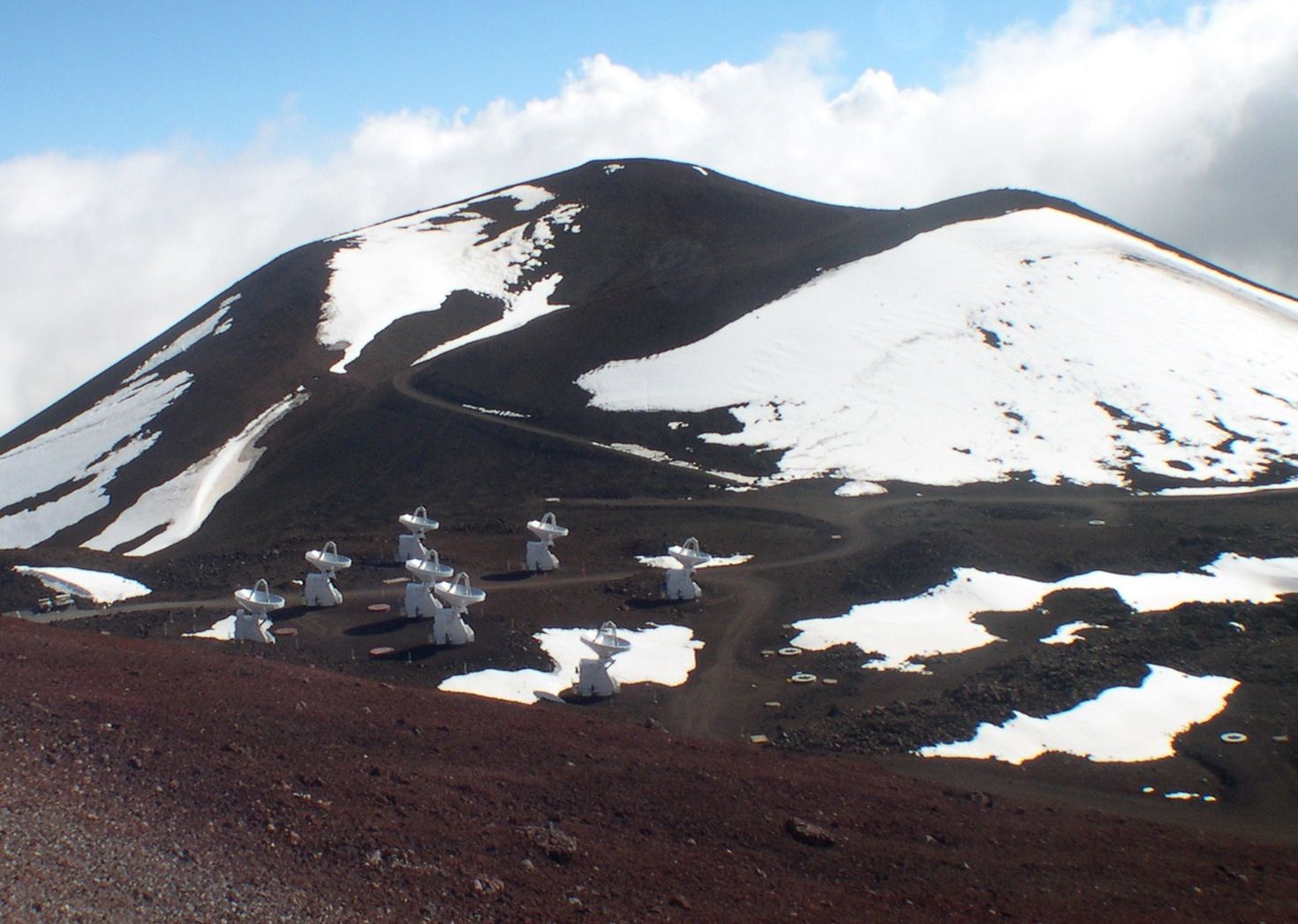

No comments:
Post a Comment